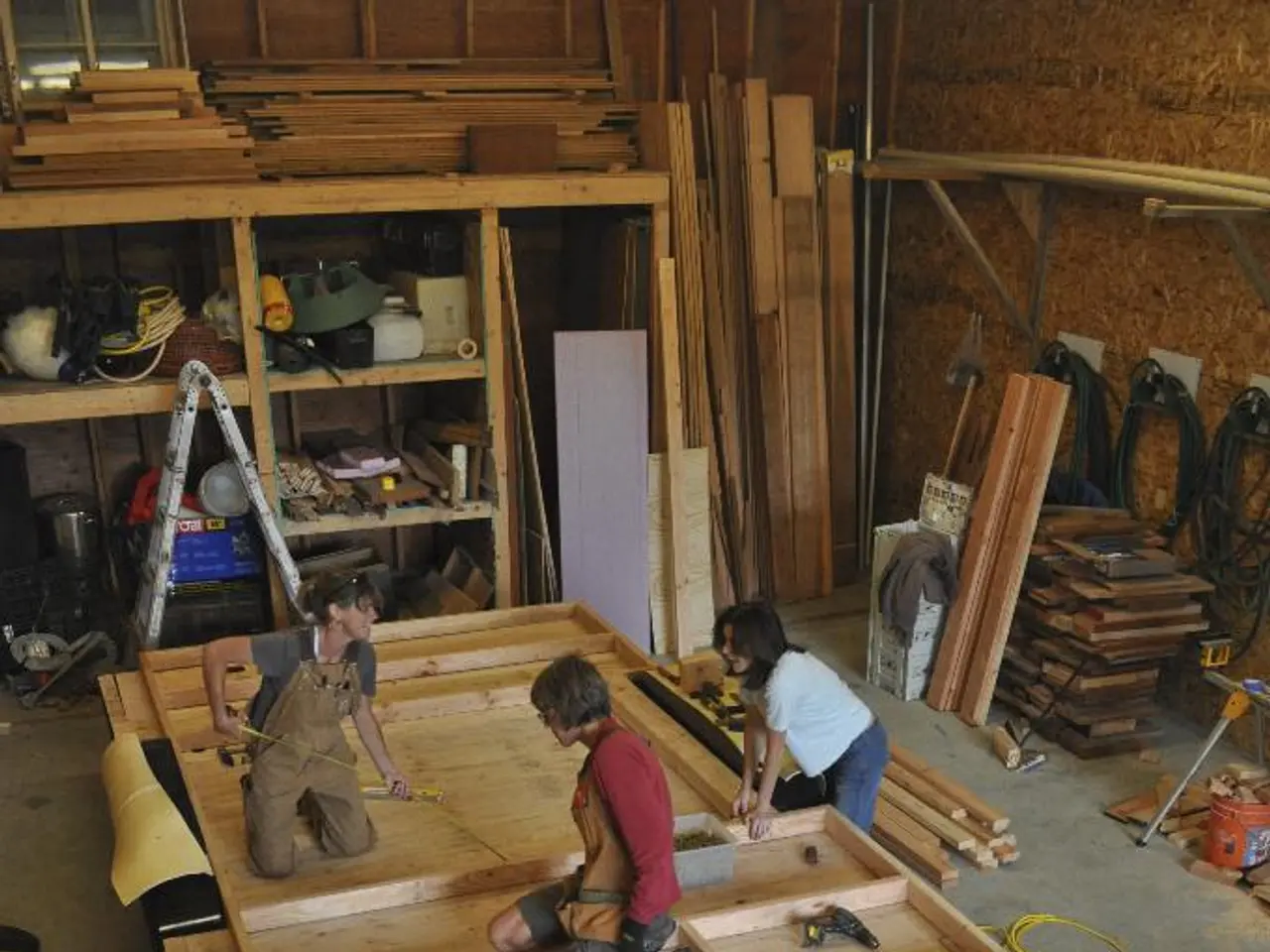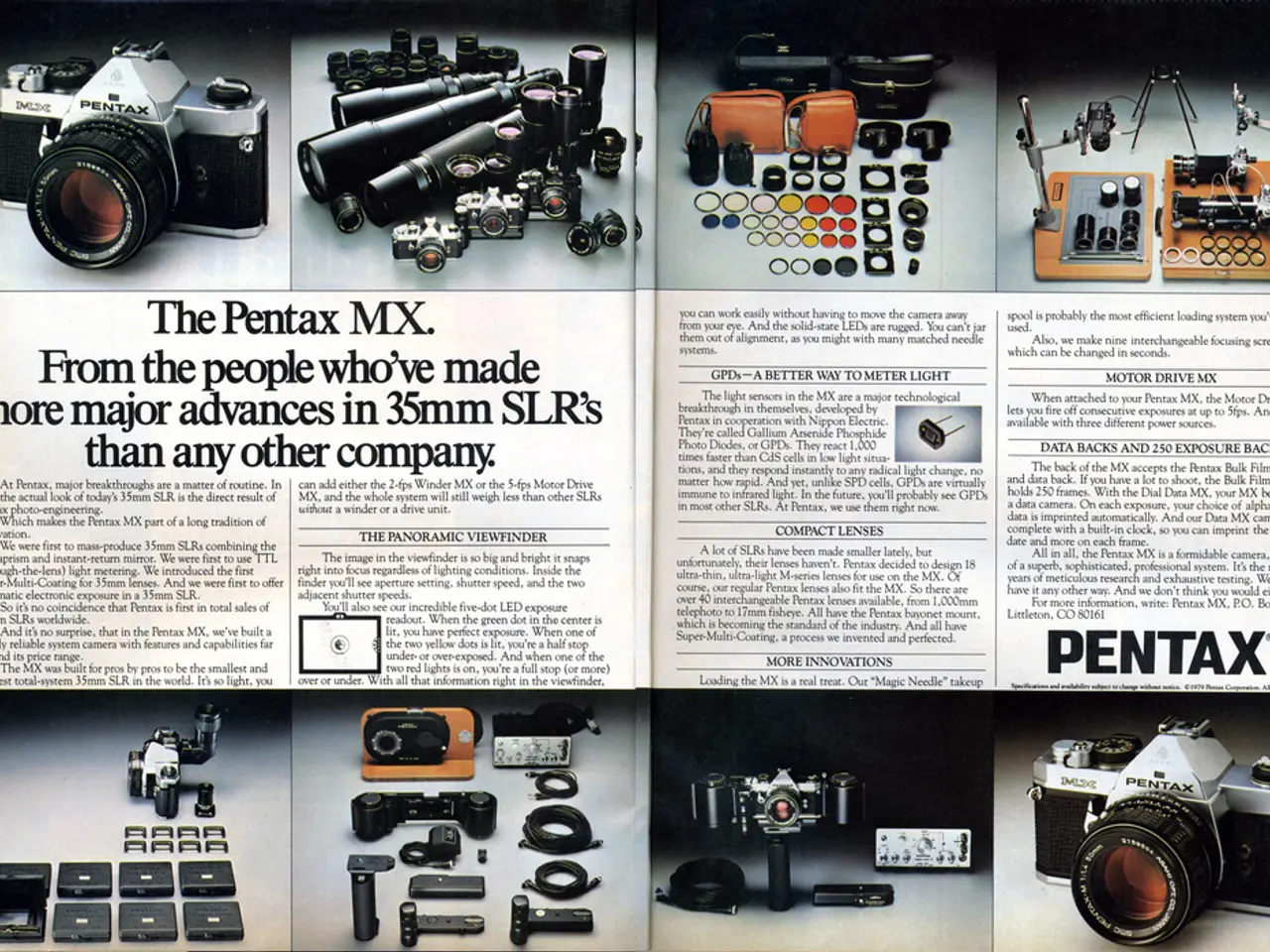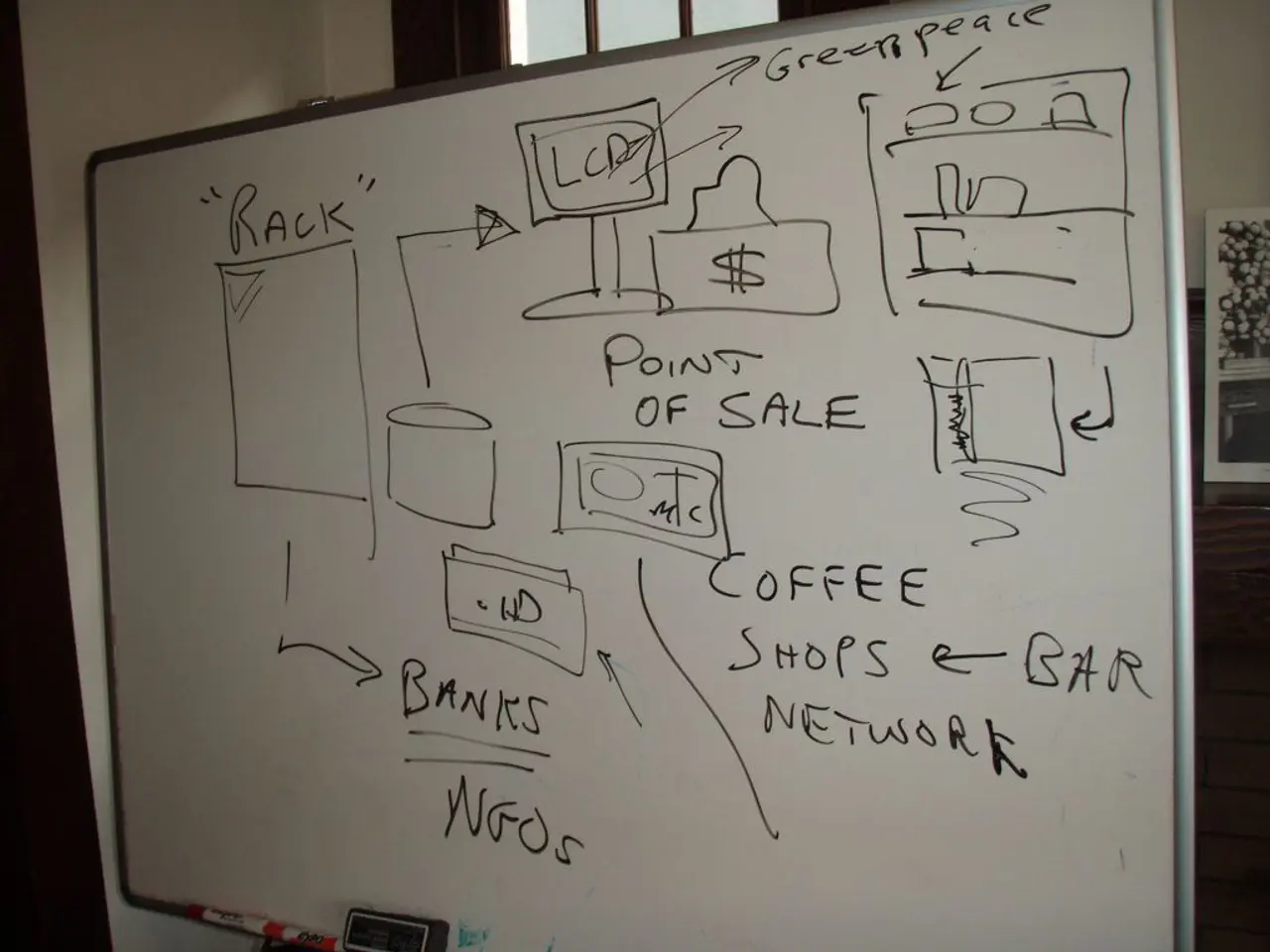Guide for Enhanced Panel Assembly via Digitalization and Automation
=====================================================================
Adopting design-to-manufacturing (DTM) tools within Industry 4.0 offers a practical route to ROI through incremental efficiency gains, rather than full automation upfront. This approach leads to substantial time and cost savings for panel builders.
Key ROI Insights
Incremental gains in design, manufacturing, and inventory management support efficiency without the need for 100% automation from the start. These small improvements accumulate into significant overall performance boosts.
Real-world examples show panel builders saving over 20 hours per month on parts data creation, achieving 90% time savings on reporting, and reducing wire assembly time by 40% after adopting DTM tools. Digitization enables the creation of digital twins, allowing better coordination between design and manufacturing processes and reducing errors and reworks.
Implementation Strategies
Start with pilot projects on specific parts of the process to evaluate benefits without disrupting current operations. This allows for gradual adoption aligned with your organisation's capacity for change. Address typical Industry 4.0 adoption challenges like organisational silos and lack of implementation understanding by investing in knowledge diffusion and cross-functional collaboration. Focus on technology as a tool to transform processes rather than merely digitizing current workflows to unlock new efficiencies and innovation potential.
Additional Context and Benefits for Panel Builders
Modular, customizable panel designs benefit particularly from Industry 4.0 tools, improving flexibility and speed to market. Overall, Industry 4.0 adoption in panel building enhances production efficiency, safety, and real-time monitoring, supporting smarter and more interconnected systems.
In Summary
Industry 4.0 design-to-manufacturing tools deliver practical ROI through measurable time and cost savings by enabling incremental automation and digitization. Panel builders should implement these tools thoughtfully, starting small and building momentum while fostering organisational readiness to maximise benefits and minimise disruption. This strategy aligns with broader Industry 4.0 trends emphasising incremental transformation, knowledge sharing, and new digital capabilities rather than immediate full automation.
[1] Industry 4.0: From Pilot Projects to Strategic Implementation. (2021). McKinsey & Company. [2] The Digitalization of Panel Building: Opportunities and Challenges. (2020). Siemens. [3] The Impact of Industry 4.0 on Panel Building. (2020). Rockwell Automation. [4] Adopting Industry 4.0: A Guide for Panel Builders. (2021). Pepperl+Fuchs.
- Engaging in Industry 4.0, particularly with design-to-manufacturing (DTM) tools, can help the finance sector better understand the potential benefits of technology in industries like panel building, as it enables incremental automation and digitization leading to tangible time and cost savings.
- As the panel building industry increasingly adopts Industry 4.0 practices, this shift is not just about automating processes, but about using technology as a tool to transform workflows, foster knowledge sharing, and encourage new digital capabilities, ultimately leading to increased production efficiency, safety, and real-time monitoring.




